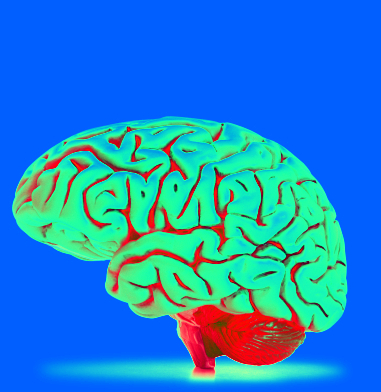Brain cycle gene uncovered
 Researchers have found a gene that appears to be a master timekeeper for the brain's circadian clock.
Researchers have found a gene that appears to be a master timekeeper for the brain's circadian clock.
It is well established that a brain region called the suprachiasmatic nucleus (SCN) is responsible for controlling circadian rhythms - the various cycles of brain activity that typically run on a 24-hour basis.
These rhythms are influenced by light. Cells in the SCN respond to signals relayed by the retina - the eye's light-sensitive tissue.
However, the molecular basis of this phenomenon is not well understood.
To better understand how the SCN sets circadian rhythms, researchers used a technique called single-nucleus sequencing to look at gene activity in individual cells in mice after the animals were exposed to light.
Dr Joseph Takahashi from the University of Texas and his colleagues were able to show that three different subpopulations of SCN neurons respond to light stimulation.
A common thread tying these subtypes together was increased activity in genes that respond to proteins made by the ‘Npas4’ gene.
When Dr Takahashi exposed mice engineered to lack Npas4 to light, it dampened the response of hundreds of circadian clock genes.
In addition, the animal’s circadian period lengthened about an extra hour, to nearly 25 hours instead of the normal 24.
Together, these results suggest that Npas4 is a master regulator of many light-induced genes; a key piece in the puzzle of how the circadian system works.
The more researchers learn about the molecular underpinnings of the circadian clock, the more they may be able to manipulate it to improve health and well-being.
For example, it could be modified to ease jet lag or help shift workers stay awake or asleep to match their work cycles. It could also lead to new treatments for disorders marked by abnormal sleep/wake cycles.
The full study is accessible here.








 Print
Print